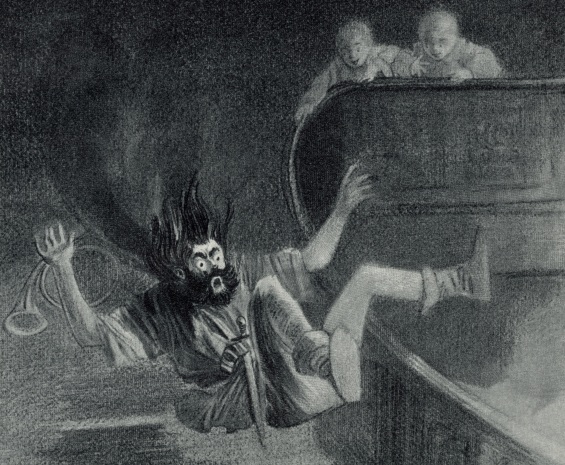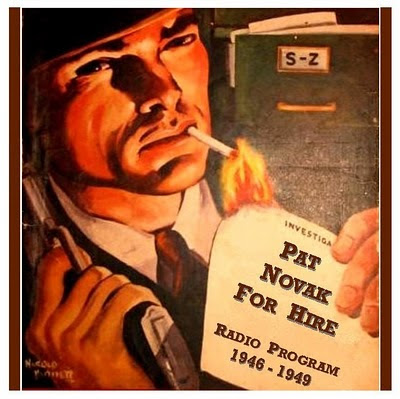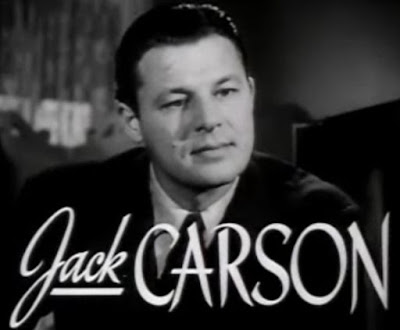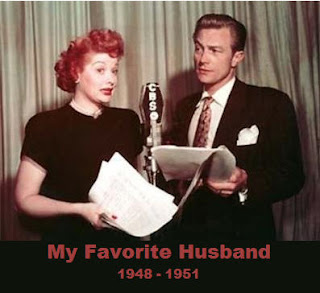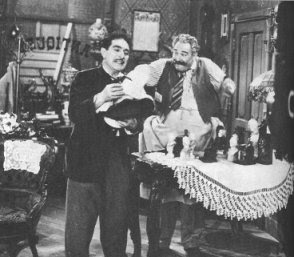CBS brought NIGHT WATCH to the air for its short run on April 2, 1954 to Apr 21, 1955. NIGHT WATCH was the first show to bring live police drama to the air. Police Reporter Don Reed accompanied Officer Ron Perkins, bringing with him a tape recorder to capture the action. Don Reed actually carried a dry-cell powered reel to reel tape machine on his back and had a concealed microphone inside a flashlight casing. Reed went on to be one of the first traffic helicopter reporters, and Perkins eventually was elected Mayor of Culver City.
Very unique show that is often overlooked because of the short run. This is a true reality cop show from the past. What an overlooked gem.
Click here for All files in one zip
Nightwatch_54_01_07_0000_Audition_Show.mp3
Nightwatch_54_04_05_0001_Nude_Prowler.mp3
Nightwatch_54_04_12_0002_311_Southgate.mp3
Nightwatch_54_05_03_03_Glass_Breaker.mp3
Nightwatch_54_05_10_04_Peanut_Butter_Part_1.mp3
Nightwatch_54_05_17_05_Peanut_Butter_Part_2.mp3
Nightwatch_54_05_24_06_Santa_Baby.mp3
Nightwatch_54_06_04_07_Kid_Explosives.mp3
Nightwatch_54_06_11_08_Paper_Hanger.mp3
Nightwatch_54_06_18_09_Kenny_Narco_And_Headplat..>
Nightwatch_54_06_25_10_Big_Search.mp3
Nightwatch_54_07_02_11_Slugger.mp3
Nightwatch_54_07_10_12_Hammer_211.mp3
Nightwatch_54_07_17_13_Car_Wings_And_Floor_Slee..>
Nightwatch_54_07_24_14_Old_Bat_And_Crowbar.mp3
Nightwatch_54_07_31_15_Boy_Go_Home.mp3
Nightwatch_54_08_07_16_Three_Time_Loser_And_Sho..>
Nightwatch_54_08_14_17_Old_Fashioned_Suicide.mp3
Nightwatch_54_08_21_18_Shock.mp3
Nightwatch_54_08_28_19_Weeper.mp3
Nightwatch_54_09_04_20_Fence_447_And_Western_Un..>
Nightwatch_54_09_11_21_Inhalator_And_Jawbreaker..>
Nightwatch_54_09_18_22_Strippers_And_Pix_Stash.mp3
Nightwatch_54_09_25_23_Motel_Sheets_And_Lock_Ou..>
Nightwatch_54_10_07_24_Pick_Up_And_Whose_Crazy.mp3
Nightwatch_54_10_14_25_Triangle_And_Peacemaker.mp3
Nightwatch_54_10_21_26_Orange_Balls_And_Bridge_..>
Nightwatch_54_10_28_27_Mississippi_Psyco_288_An..>
Nightwatch_54_11_04_28_Grandma_Shoe_Shine_And_W..>
Nightwatch_54_11_11_29_Kidnap.mp3
Nightwatch_54_11_18_30_Child_Desertion_Gabby_An..>
Nightwatch_54_11_25_31_Bleeder_Safe.mp3
Nightwatch_54_12_02_32_Rolling_Pin_And_Luger.mp3
Nightwatch_54_12_16_34_Scum_Beastwork_And_Phone..>
Nightwatch_54_12_23_35_Goldie_211.mp3
Nightwatch_54_12_30_36_Beer_Can.mp3
Nightwatch_55_01_13_38_Aunt_Suicide.mp3
Nightwatch_55_01_20_39_Smash_Turkey_And_Larry.mp3
Nightwatch_55_01_27_40_Polio_And_Fog.mp3
Nightwatch_55_02_03_41_Care_And_Jug.mp3
Nightwatch_55_02_10_42_Ma_And_Pa_Heinz_And_Chas..>
Nightwatch_55_02_17_43_Bra.mp3
Nightwatch_55_02_24_44_Knife_Bread_Body_And_Get..>
Nightwatch_55_03_03_45_Uncensored_Outtakes.mp3
Nightwatch_55_03_10_46_Bubble_Gum_And_Baby.mp3
Nightwatch_55_03_17_47_Crazy_And_Buy.mp3
Nightwatch_55_03_24_48_Whiskers_And_Black_Eye.mp3
Nightwatch_55_03_31_49_Goddam_Lady_And_Mr_Peepe..>
Nightwatch_Back_Home_In_Alabama.mp3
Nightwatch_Dead_On_Dead_Ship.mp3
Nightwatch_Death_In_The_Subway.mp3
Nightwatch_The_Champions_Club.mp3
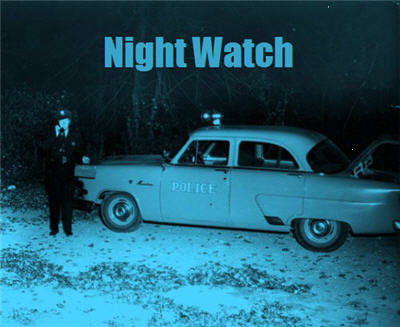



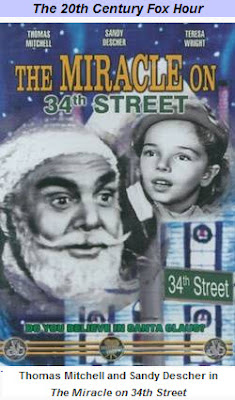
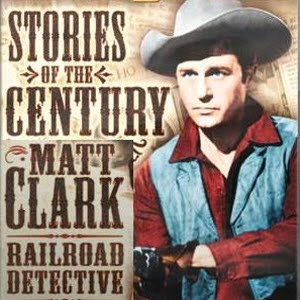
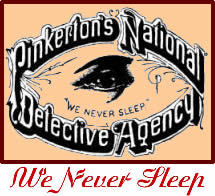



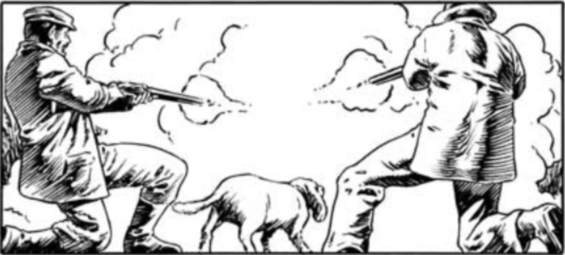
 The Canterville Ghost
The Canterville Ghost